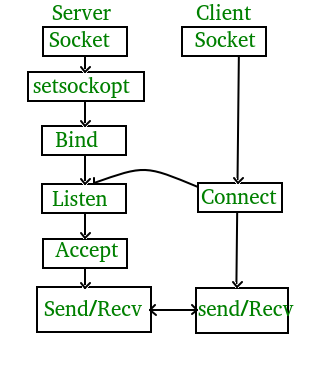
The Socket.IO client is compatible with bundlers like webpack or browserify. By setting bug = 'socket.io-client:socket', any event received by the client will be printed to the console.įor production, please use the socket.io.min.js bundle, which is an optimized build excluding the debug package. Engine.IO is used for the server implementation and Engine.IO-client is used for the client. This is a lower-level implementation used under the hood. Throughout the process, if their browser supports WebSockets, the user will not submit a single HTTP request. To establish the connection, and to exchange data between client and server, Socket.IO uses Engine.IO. Since version 0.4, this module also supports monitoring file upload progress. With webpack, you can use webpack-remove-debug. Note: for the reasons cited above, you may want to exclude debug from your browser bundle. The intended audience are single-page web apps, but other types of Node.JS projects may benefit from this library. The Socket.IO client is compatible with bundlers like webpack or browserify.

You can find more information here.ĭuring development, we recommend using the socket.io.js bundle. Socket.IO File Upload This module provides functionality to upload files from a browser to a Node.JS server that runs Socket.IO. Throughout the process, if their browser supports WebSockets, the user will not submit a single HTTP request. The debug package allows to print debug information to the console. With this API you can send messages to a server and receive its responses on an event-driven basis without having to go to the server for a response. Production version, without debug and with the msgpack parser The WebSocket protocol opens a two-way communication channel between the client browser and the HTTP server run by the ESP32. socketio-file-upload v0.7.3 Uploads files to a Node.JS server using Socket.

jsDelivr: unpkg: are several bundles available: Name.The WebSocket protocol opens a two-way communication channel between the client browser and the HTTP server run by the ESP32.

Setup server using express To begin the implementation, We have to start with simple REST API integration in Node.
#Client socket.io upload filr install
Socket.IO is also available from other CDN: This tutorial details the use of WebSocket to remotely interact with an ESP32 that exposes a web application through an HTTP server. Way to implement Socket.IO in Node.js Setup server using express Install dependency of socket Attach socket to the node server Create an event for client subscription Emit the message after subscription 1.


 0 kommentar(er)
0 kommentar(er)
